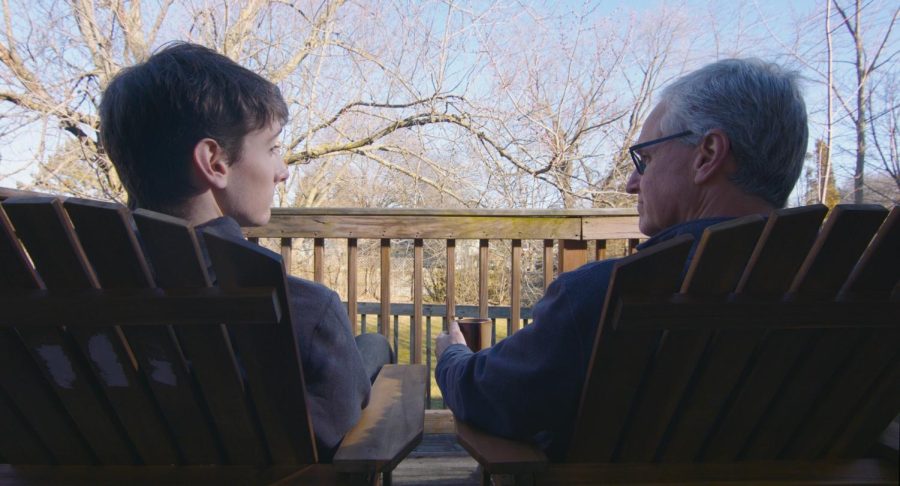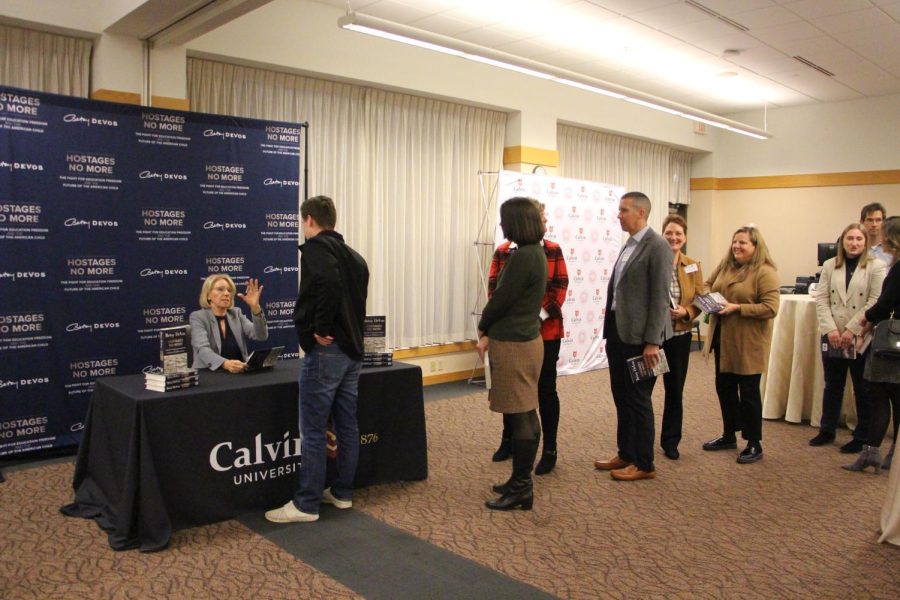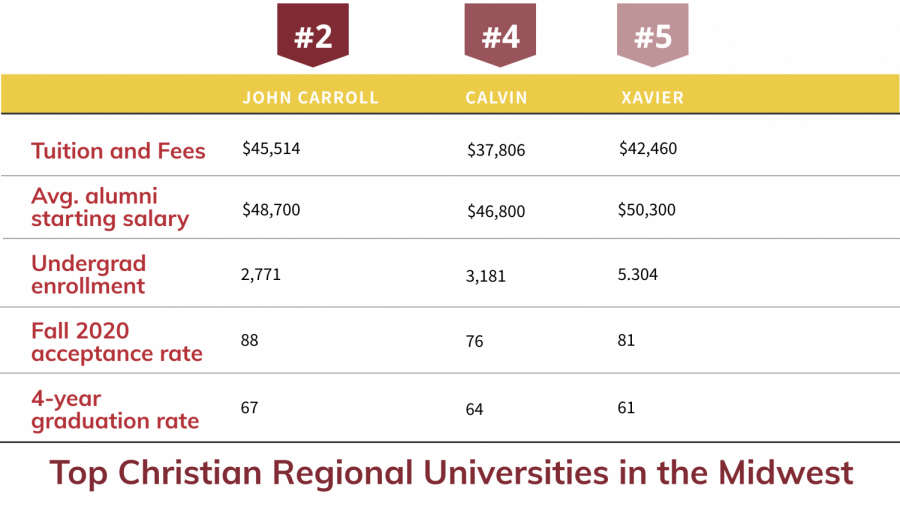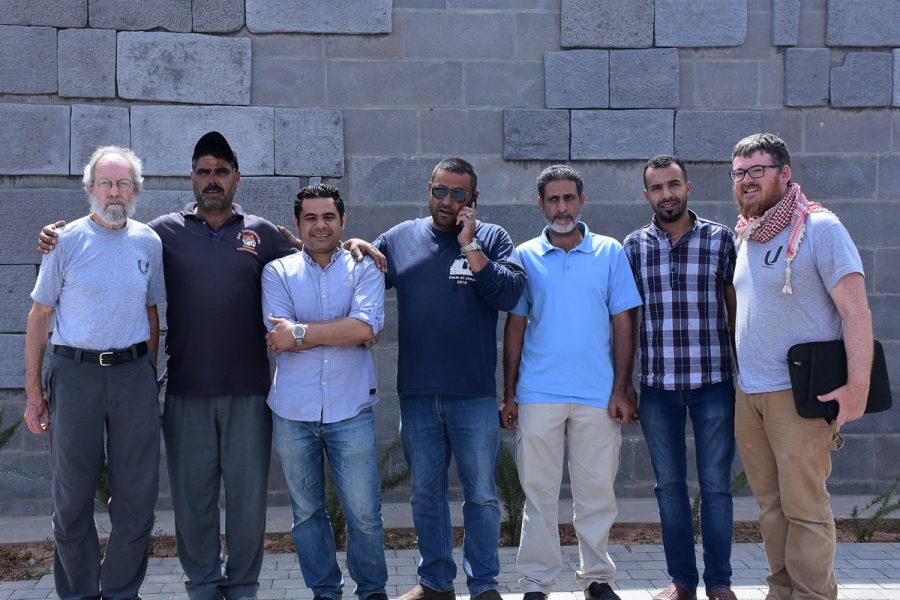Confused? Check out our infographic explaining what happened.
Calvin’s method of financing construction projects significantly contributed to Calvin’s fiscal problems, according to a task force report summary released by President Le Roy early Thursday afternoon.
The administration posted the report on a new website developed to help explain Calvin’s financial situation. The website also includes letters from Le Roy and the Board of Trustees chair Scott Spoelhof as well as a frequently asked questions page.
The report explains that Calvin exceeded funding on several building projects and spent $30.8 million more than it raised through fundraising. About half of that $30.8 million came from the construction of the multi-million Spoelhof Fieldhouse Complex completed in 2009.
“We built more building than we raised funds for,” said Le Roy.
This $30.8 million makes up almost half of a $69.4 million unfunded gap in the plant fund, an investment fund which was intended to pay off debt.
The plant fund can cover Calvin’s debt service only through the 2014-15 fiscal year, according to the report.
“So what we have learned is that we cannot count on plant fund money in this fund to take care of this debt,” said Le Roy.
The report attributed the rest of the gap to smaller-than-expected returns on investments and various other projects.
One of the main reasons the investments came back low was because Calvin had diverted money from the plant fund to cover extra spending on building projects.
“Generally, you put money you raised in a fund and invest it, hopefully getting something like 9 percent, then borrow money at a lower rate, usually 3 or 4 percent,” said Le Roy. “If this works we’re earning a lot of money.”
But since there was less money in the plant fund, the investments generated less returns than they otherwise would have.
The administration’s aggressive investments did not fully make up for the spending on building projects.
Other projects that contributed to the $30.8 million spending gap include the DeVries Hall of Science, renovations to the science building, and the Calvin Crossing. The recently-renovated Covenant Fine Arts Center — as well as the DeVos Communications Center and Prince Conference Center — stayed within initial projections.
“There was a strategy that had a lot of assumptions with it,” said Le Roy, referring to Calvin’s practice of borrowing money for buildings and then investing the money gifted for the building in the plant fund.
“That was the plan. If that had worked, they should have about $115 million in [the plant fund]. But when I looked into it, I saw about $42 million. Now we have to close that gap.”
The report released by Le Roy is a summary of a full report made by the Financial Review Task Force, a group of four people selected by Le Roy in early fall of 2012.
The task force included: Mary Tuuk, a Calvin alum and president of Fifth Third Bank — Western Michigan; Brian Benzel, the finance vice president at Whitworth University; William Boer, a former Calvin finance VP; and Milton Kuyers, a former Calvin board chairman.
“I was in a real bind,” said Le Roy, describing his mental process when he learned of the budget concerns. “I didn’t have a full, clear understanding, but it was a large enough issue that I couldn’t keep it quiet. It was adding up to be a disconcerting situation.”
To address the situation, Le Roy commissioned the task force and gave them access to all of Calvin’s files, as well as to any employees it needed information from. The task force sent Le Roy its final report in December, but Le Roy wanted to wait until he, his cabinet and the Board of Trustees understood the report thoroughly before releasing the information to the public.
The Board of Trustees has also taken its own action: the board’s investment committee got a new charter and new guidelines for composition. Now, a majority of the investment committee must be sitting board members and its chair must be appointed by the executive committee.
But although Le Roy has focused on transparency and accountability to the Calvin community, his summary does not include all of the information from the task force’s full report.
“The report was written for me, it wasn’t intended to be an investigative piece,” he said.
Le Roy withheld the full task force report because it contained personnel assessments, but said he did not exclude anything substantial from the summary.
“I asked the task force to review personnel,” said Le Roy. “Calvin will never share personnel assessments with people. If there’s anything of substance that’s not included in here, it’s about personnel.”
He also thought the task force may not have been as frank if they thought the report would be released to the public.
“I needed them to be very candid, and they were,” he said.
Anyone following Calvin’s recent string of budget woes, or anyone involved in the financial industry, will realize that the situation is far from simple.
“There are multiple causes here, but our human mind wants to simplify things. We want to blame it on a person, blame it on investment strategy, but that doesn’t work,” said Le Roy.
“I see this as a system failure,” he said. “To just blame a person or a bunch of people is scapegoating, and a vast oversimplification.”
The task force agreed with him, according to Le Roy’s summary.
“It is apparent from the report that multiple causes are responsible for the financial challenges affecting Calvin,” wrote Le Roy.
But as Le Roy looks forward, he is optimistic that Calvin’s mission and desire to serve students will carry the school through.
“These initiatives represent the first steps down the path toward institutional renewal,” he wrote. “Working together … we can meet these challenges with a united and joyful spirit.”
Additional reporting by John Kloosterman, managing editor.








